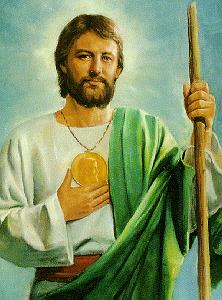
St. Jude's Life:
Saint Jude is known as Jude Thaddeus (or Addai), a close relative of Jesus through Mary Cleophas. Luke's Gospel includes Jude in the list of the 12 apostles (6:16) and John mentions him also (14:22) as well as Matthew (10:3) and Mark (3:18) who use the name Thaddeus only, but Jude and Thaddeus are the same person.
According to the legend when King Agbar V of Edessa desired to be cured of his leprosy he wrote to Jesus at Jerusalem. With his request he also sent an artist to paint a picture of Jesus and return to Edessa with it. Impressed by the king's faith, Jesus pressed his face on a cloth and asked Jude to take it to the king and to cure him with it. After being cured, the king and his people became Christians.
Because the image which Jude carried was miraculous it was called "The Mandylion" and said to be "Akheiropoietos" or the "image-not-made-by-hands". The Image of Edessa has been linked by history and legend to other famous images of Jesus Christ, including the Shroud of Turin and the burial head shroud known as the "Holy Sudarim."
For many years the cloth remained at Edessa and eventually was placed in a cabinet in the palace and the image in iconic form was painted on the door of the cabinet. In time it was plastered over and lost, but was later rediscovered when the palace was remodeled. The cloth was then sent to the Hagia Sophia in Constantinople where it remained until the sack of the city by the Templars at which time it journeyed to the west and presumably the door of the cabinet was kept as the icon of Edessa.
St. Jude is often depicted carrying an image of Jesus in his hand or around his neck. And in addition his image usually bears a tongue of fire over his balding head symbolizing that he is an apostle who received the gift of the Holy Spirit at Pentecost.
Tradition relates that he traveled through out Mesopotamia preaching the Gospel and the last of the general Epistles of the New Testament is attributed to him. Tradition also tells us that Jude was martyred in brutal fashion (clubbed to unconsciousness and then his head shattered with an ax) and that afterwards, his body was placed in a crypt in St. Peter's Basilica in Rome.
Moses of Chorene tells us St. Jude traveled widely in Armenia, brought many into the faith in Edessa and elsewhere, and traveled throughout Mesopotamia for a period of ten years after the Resurrection, preaching and converting many to Christianity. Jude probably returned to Jerusalem for the Council of the Apostles (according to Eusebius Jude returned to Jerusalem in the year 62, and assisted at the election of his cousin, St. Simeon, as Bishop of Jerusalem. and then he and St. Simeon visited Libya and Persia where many more converts were made). According to long tradition, the Head of the Church in Armenia is said to occupy the "Throne of St. Thaddeus." St. Jude's assistance has been invoked in desperate situations and once the prayers are answered, the individual publishes a thank you to St. Jude in a local newspaper which testifies to his intercession and the resulting answer to prayers.
St. Jude's Center:
Our rich library of theological and spiritual works, from the diaries of Thomas Merton to the works of contemporary theologians like Hans Kung, in combination with various works of literature, poetry, plays, scientific writings, and collections of essays on a variety of topics, will prove invaluable to visitors and researchers.
We offer the sacraments of the Church and pastoral services in the Philadelphia area. As with all missions and parishes, Communion is reserved for members of our Church or those who have been dispensed by our hierarchy.
We offer the Tridentine Mass (in English), private one-on-one counseling as well as extended pastoral services, like Communion for the sick and elderly. Prayer requests can be made though e-mail or through contact with St. Jude's Center.
“Obedience has no cares, it lacks no blessings. Being obedient, if a man purifies himself, God will come to him in course; for where he has no will of his own, then God will command for what God would command for Himself…When I do not choose for myself, God chooses for me.” Eckhart
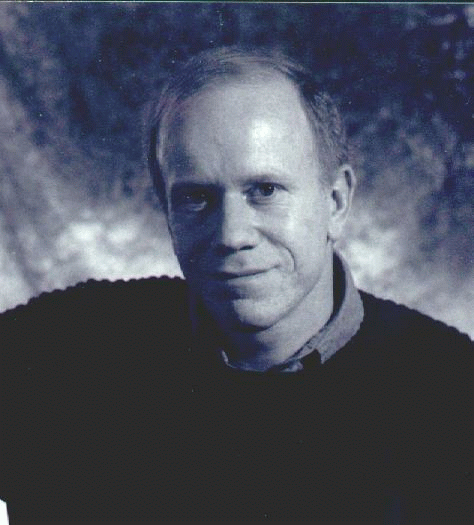
To contact St. Jude's send an email to Archpriest Thom Nickels
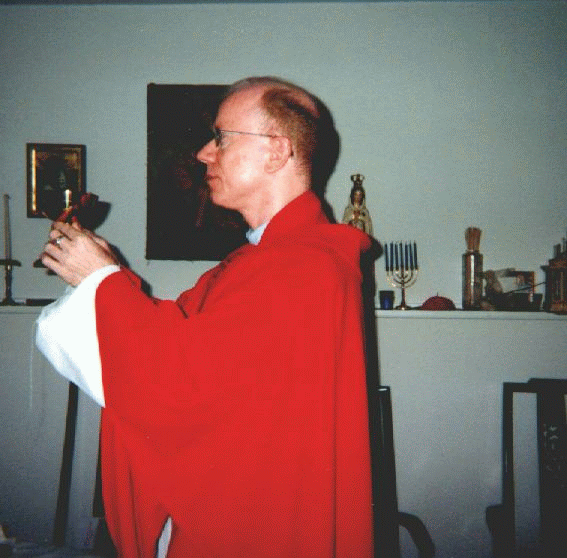
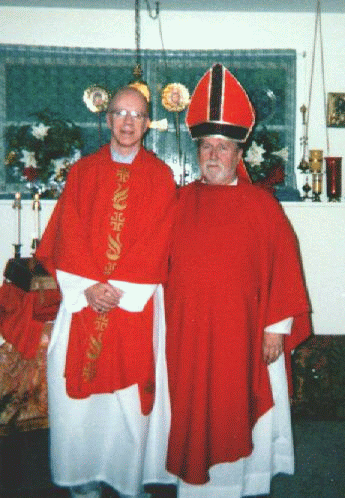
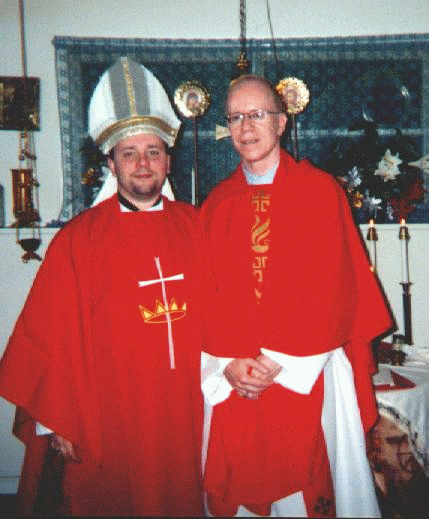
Saints Cyril & Methodius Church Homepage
Abp. Arnold Harris Mathew's Declaration of the Faith
Apostolic Tables of the Church 1
Apostolic Tables of the Church 2
Spiritual Classics
Sayings from the Desert Fathers
Ascent of Mt. Carmel by St. John of the Cross
Dark Night of Soul by St. John of the Cross